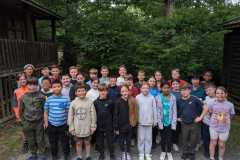



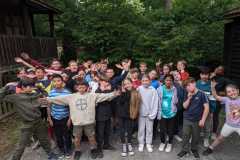
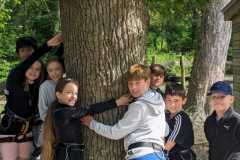
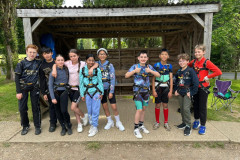
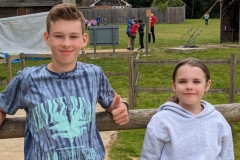
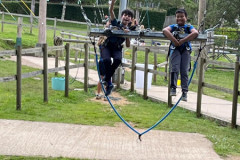
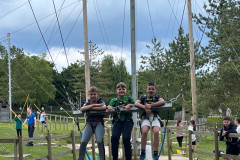

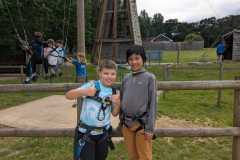
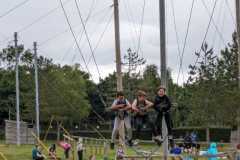
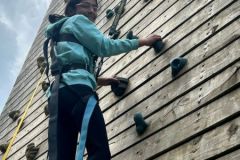
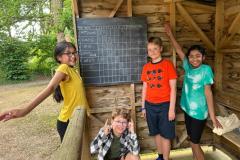

¬ BACK TO MAIN CURRICULUM PAGE

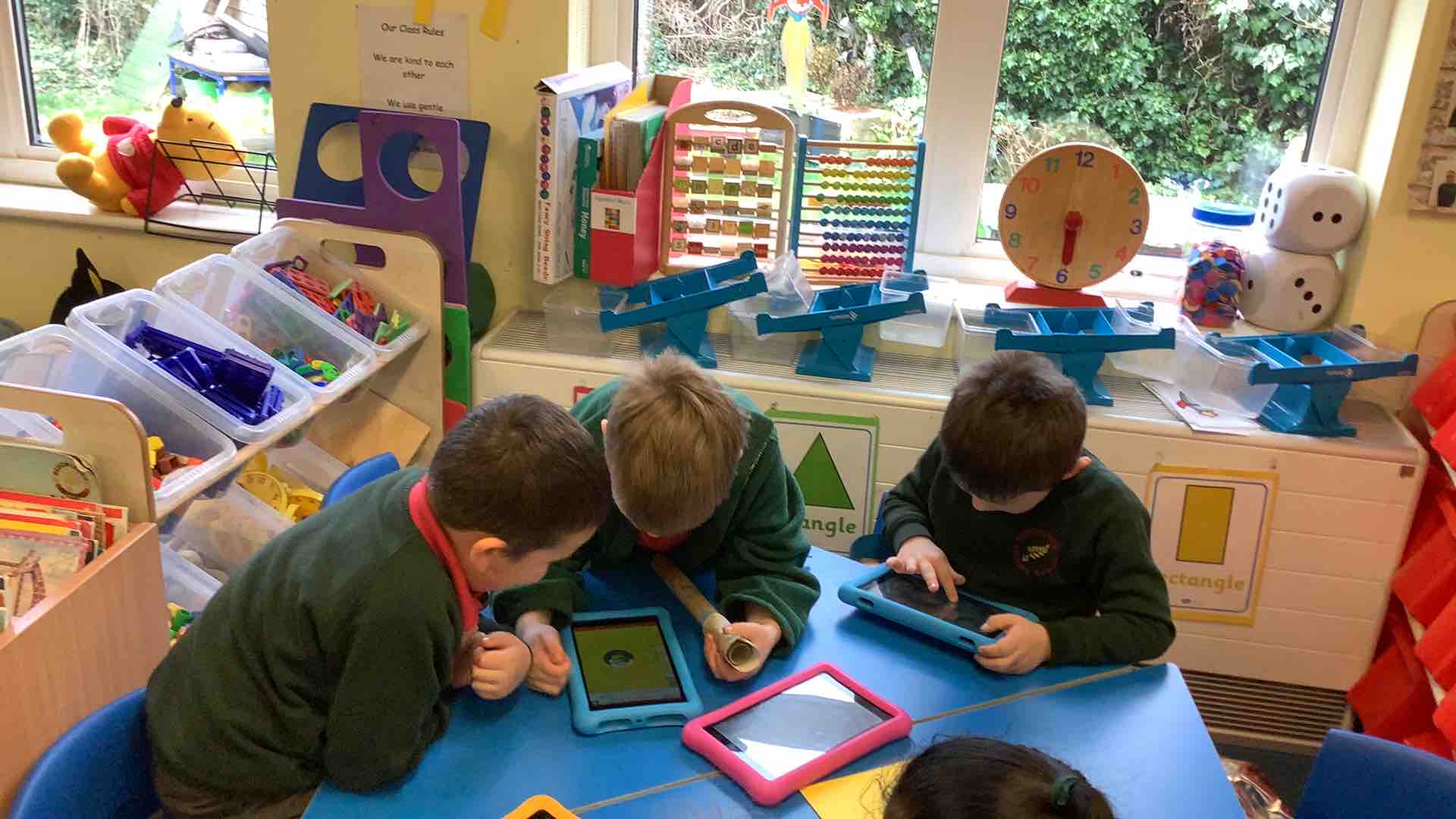
Computing at Farnborough Primary School develops the thinkers of the future through a modern, broad and rich education. We recognise that digital technology is rapidly evolving and that to navigate these changes effectively our children need a significant understanding of computer science, digital literacy and information technology. We want our children to be computational thinkers, using digital tools effectively.
By the time every child leaves our school they will be equipped with computing skills that will enable them to become active participants in the digital world, use ever-changing technology to express themselves and develop programming skills, as a tool for learning and to drive future generations forward, aiding them to ‘dream big to make a difference’.
Our aim is to deliver a high-quality Computing curriculum which engages, inspires and challenges pupils, equipping them a deep knowledge whilst giving them opportunities to apply skills in various digital contexts.
 In order to achieve this, we continuously review our computing curriculum to ensure it is relevant in our rapidly evolving world. Through discrete Computing lessons and across the curriculum, we help children at Farnborough to develop as respectful, responsible users of technology, aware of the advantages and disadvantages associated with technology, including how to keep themselves and others safe online. We expose students to a variety of software, programs, and equipment in order to offer a range of appropriate challenges and experiences both in discrete Computing lessons and across the curriculum to help children become computational thinkers and develop links between ideas. We want children to use technology creatively to help them ‘dream big’ and inspire them as they move into KS3 and beyond.
In order to achieve this, we continuously review our computing curriculum to ensure it is relevant in our rapidly evolving world. Through discrete Computing lessons and across the curriculum, we help children at Farnborough to develop as respectful, responsible users of technology, aware of the advantages and disadvantages associated with technology, including how to keep themselves and others safe online. We expose students to a variety of software, programs, and equipment in order to offer a range of appropriate challenges and experiences both in discrete Computing lessons and across the curriculum to help children become computational thinkers and develop links between ideas. We want children to use technology creatively to help them ‘dream big’ and inspire them as they move into KS3 and beyond.
In EYFS, children have many opportunities to develop their computational thinking – a fundamental skill for everyone – and problem solving. Children are provided with hands on opportunities to work with technology, with access to tablets and BeeBots. Children’s curiosity is fostered through engaging activities, questioning and time to tinker with different devices.
In KS1 and KS2, Computing is split more discreetly into its three core areas:
• Computer Science – the understanding of coding and programming across a range of physical devices and digital resources.
• Information Technology – the range of skills required to operate and manipulate specific programs, systems, and content.
• Digital Literacy – the knowledge required to use technology safely and to evaluate and react to any potential risks of the online/digital world.
Using the National Curriculum as a basis, we follow our own rich, broad, diverse and relevant Computing curriculum which is made up of different resources and experiences. These are frequently updated to reflect global changes in technology. Computing is integrated into other subject areas, ensuring children can apply their Computing knowledge to aid their learning across the curriculum.
 In order to demonstrate that we have accomplished our aims, children at Farnborough Primary School will: be enthusiastic and confident in their approach to Computing, using computational thinking to support their work; have a secure understanding of the positive uses and potential risks associated with a broad range of digital technology; and transition to KS3 with a keen interest in the continued learning of Computing, recognising how it can help them achieve their dreams.
In order to demonstrate that we have accomplished our aims, children at Farnborough Primary School will: be enthusiastic and confident in their approach to Computing, using computational thinking to support their work; have a secure understanding of the positive uses and potential risks associated with a broad range of digital technology; and transition to KS3 with a keen interest in the continued learning of Computing, recognising how it can help them achieve their dreams.
Within Computing we encourage a creative and collaborative environment in which pupils can learn to express and challenge themselves. The success of the curriculum itself will be assessed via pupil voice sessions, lesson observations, skills audits and research into new technologies. This will then inform future adaptions of our curriculum and help to ensure we continue to teach the most relevant and up to date Computing curriculum.
Please click on the links below for more: